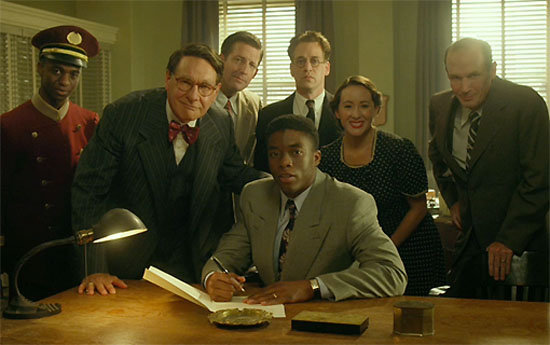DIDAS KATO
Review of some of the concepts in the film ‘Blood diamonds.’
In our class this semester, we have learned about how power, identity, and injustices have been identified in the world we are in, but another thing I found interesting was to take a look at the ethical choices we make in our lives. Looking at one man obsessed with finding a valuable diamond no matter what comes (Danny Archer) and the other man (Solomon) risking his life to find his son is the beating heart of the movie.
The scene from this movie that I found touching was ‘the fisherman Solomon Vandy dreams about the day that his young son Dia Vandy will become a doctor. His dreams are shattered when the rebels invade his village and kidnap the young boy to work in the diamond mines where they are brainwashed to become merciless killers held in check by drugs, liquor, and doing a lot of things that disrupt the justice of society.
Solomon was a fisherman in the quiet village of Sierra Leone had a family of a wife and two children who escaped death, but the boy Dia was taken away to be trained as a child soldier with the rebels. And another person in concern is Danny Archer, a Rhodesian smuggler, an ex-mercenary who learned about the diamond when in prison, he could not stop at anything until he gets the diamond.
Solomon’s stand moved me as he couldn’t do anything until he finds his son and reunites with his family.
Solomon sees his son Dia on one of the trucks of the rebels who are using power over the others to rule, these sierra Leone’s government troops could roll into town and slaughter men, women, and children as if they were exterminating rodents, but amidst all what was going on Solomon risk his life to save his son. Danny Archer reaches a moment in time that he fights Solomon because he only cared about the diamond stone Solomon had hidden in the ground, to be specific he only cared about monetary possessions which in the end doesn’t even matter compared to the unending love you can get from family.
The picture show when Danny Archer finally gets the diamond stone that he was yarning for but loses his life in return, so it all did not make any sense but rather so painful at the end of Danny.
The determination Solomon had to search for love not to be consumed by material possessions finally yields his best results as he finally gets his boy back and he reunites with his family. On the other hand, Danny dies after getting the stone and does not even get a chance to enjoy what he fought for. In conclusion therefore we should almost try to focus on things that matter most in life” Love”.












